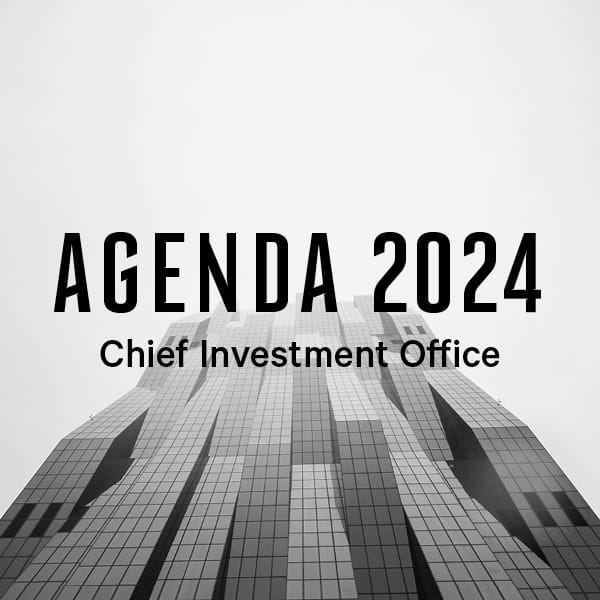-
Overview
Mortgage rates have jumped dramatically.
The average rate on a fixed 30-year loan rose 6%, the highest since November 2008.The higher rates are the result of a shift in expectations about inflation and the course of monetary policy. Higher mortgage rates will lead to a moderation from the blistering pace of housing activity that we have experienced coming out of the pandemic.
Rates have climbed at a historic pace this year, making it more difficult for buyers to afford a home. The rate on a 30-year loan has doubled in the past six months, the biggest jump in the history.
Chart 1: US 30-year fixed mortgage rate (%)

Source: Bloomberg
The Reserve Bank of Australia will do what’s necessary to bring inflation down to its 2-3% target according to Governor Philip Lowe in a rare interview with ABC TV. He warned inflation could hit 7% by year end and is unlikely to slow until the first quarter of 2023.
A day after those comments, Australia’s industrial relations umpire raised the minimum wage by 5.2%, the largest increase in 16 years.
The combination of Lowe’s signal, the wage ruling and the Federal Reserve setting the tone for aggressive rate hikes, led the market in Australia to price in 12 rate hikes over the remainder of this year taking the official cash rate to 3.8%. Whether we actually get there is another matter.
Chart 2: Number of rate hikes priced in for Australia

Source: Bloomberg
As the European Central Bank and the Federal Reserve both focus on combating inflation this year, credit markets are bracing for impact.
Companies in Germany, the UK, France, Spain and Italy are the most distressed since August 2020, according to the Weil European Distress Index. The study aggregates data from more than 3,750 listed European firms.
Businesses in Europe are struggling with rampant inflation, with firms forced to pay more for everything from fuel to labour. The resulting tightening of monetary policy by the Bank of England and the European Central Bank is also making it more expensive for companies to refinance their outstanding debt.
Chart 3: European corporate credit spreads (OAS)

Source: Bloomberg







